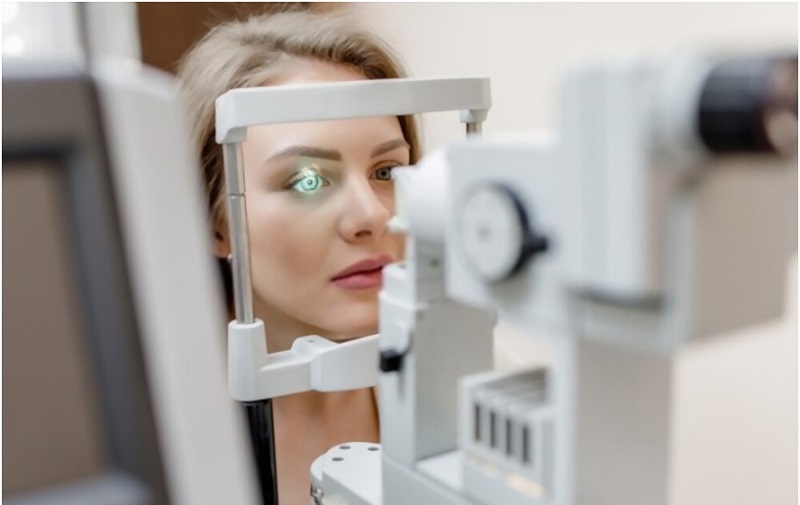All You Need To Know About The Types Of Eye Tests

It is no wonder an eye test plays an important role and is in huge demand. In eye tests, a variety of tests is performed to check the visibility and treatment of ailments related to the eye. An eye test or examination is done by an ophthalmologist, optometrist, optician or orthoptist. An eye testing comprises a slit lamp examination, visual field testing, refraction, ophthalmoscopy, and tonometry.
Types of eye testing:
There are various types of an eye test are performed by doctors, which include the following:
- Applanation Tonometry: Fluid pressure of the eye is measured through this test. A slit lamp is used to perform the test in which a small flat tinned cone comes into contact with the cornea of the eye with the help of a tonometer. Pressure is applied to the cornea portion of the eye. The pressure reading helps in the detection of Glaucoma.
- Corneal Topography: This test is performed just before a cornea transplant or a contact lens fitting. It detects the problem regarding the surface of the eye, such as swelling or scarring. It helps in the successful evaluation of patient condition before surgery.
- Fluorescein Angiogram: In this test, a special dye, Fluorescein, is injected into the vein of the arm. Once it is injected the doctor uses a camera with special features. The movement of the blood at the back of the eye through the blood vessel can be seen by taking pictures of it. As a result, the doctors can detect any kind of swelling, circulation problems or abnormal blood vessels of the eye. It helps in the treatment of diabetic retinopathy and degeneration of muscles of the eyes.
- Dilated Pupillary Exam: The pupil of the eye is expanded with the help of special drops. Through this test, the retina of the eye is checked for any symptoms of the disease. This helps in the detection of the correct power of the eyes.
- Refraction: This test is used by the doctors before prescribing eyeglasses. The visual capacity of the eye can be detected easily. A special tool called a phoropter is used for the test. Lenses of different capacities are moved in front of your eye so that they can prescribe the power of eyeglasses. It helps in the detection of farsightedness or nearsightedness.
- Slit- Lamp Exam: In this test, a beam of light is focused on the cornea of eye through a microscope. It is helpful in the diagnosis of diseases like Glaucoma, dry eyes, cornea injuries and cataracts.
- Retinal Tomography: It is a computerized test that gives a detailed retina view along with its layers. People who are suffering from muscular degeneration or detachment of the retina need to undergo this test.
- Ultrasound: Sound waves are used to make images of inside of the eyes. It helps in the diagnosis of tumors and cataracts.
- Visual Acuity test: The visual capacity of the eye is tested through this test. The doctor will examine that how far and near the distance your eye can visualize. A board written with alphabets is placed at a distance. You will be asked to read those alphabets so that the doctor can examine the visual capacity of your eye.
- Visual Field Test: The test is carried on to determine whether the eye vision is impacted by a stroke or Glaucoma. It also examines the visual field area of your eye. There are six types of visual field tests:
- Confrontation Visual Field Test
- Automated Static Perimetry Test
- Kinetic Visual Field Test
- Frequency Doubling Perimetry
- Electroretinography
- Amsler Grid

Final Words
Based on the points mentioned above, you may have been able to understand how crucial is to do an eye test quite often. Doing the tests is crucial for keeping track of the condition of the eye. With the help of routine eye test early symptoms of eye diseases like Glaucoma can be detected easily. Routine checkups of the eye can protect you from visual defects and common eye infections.